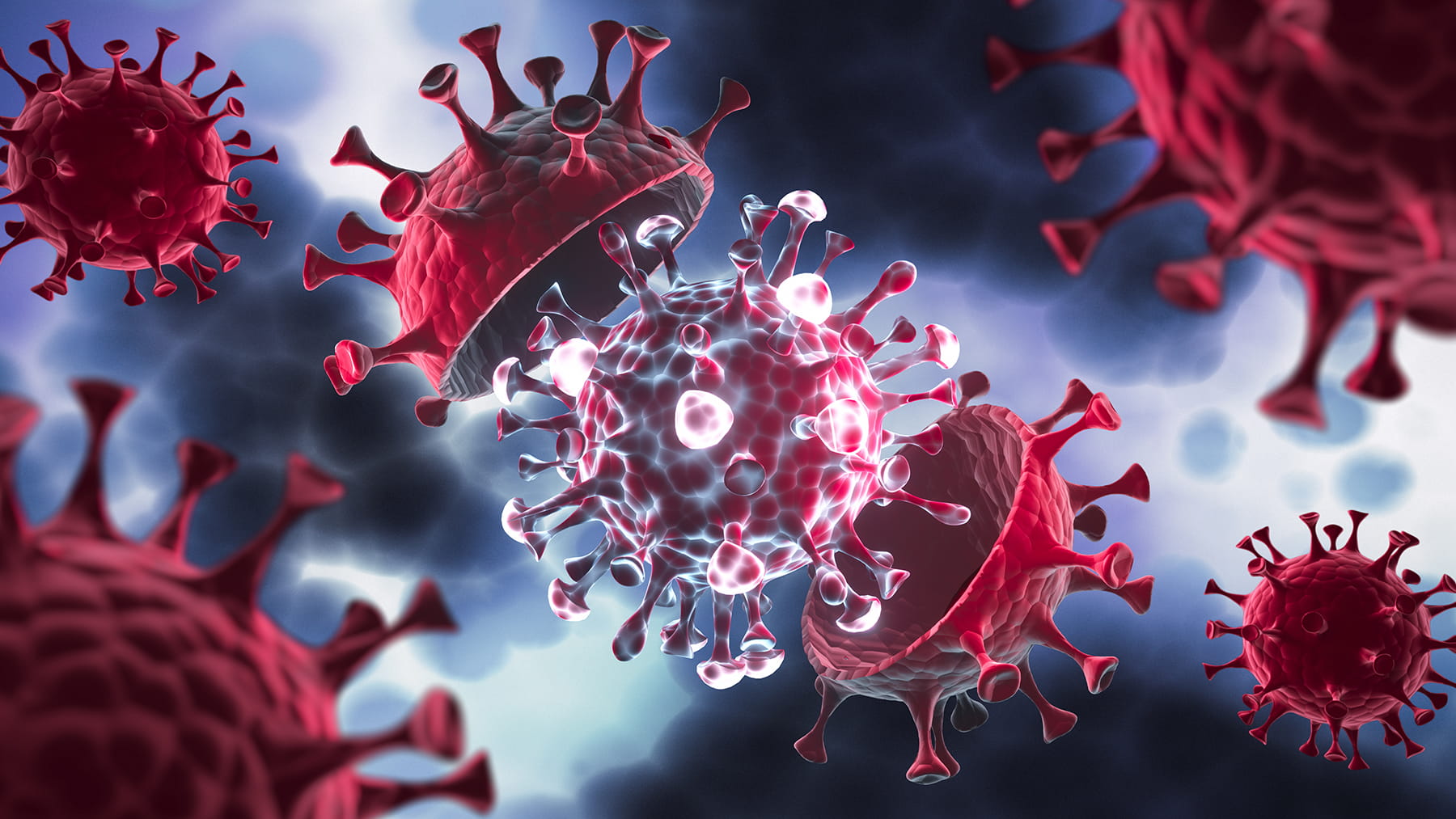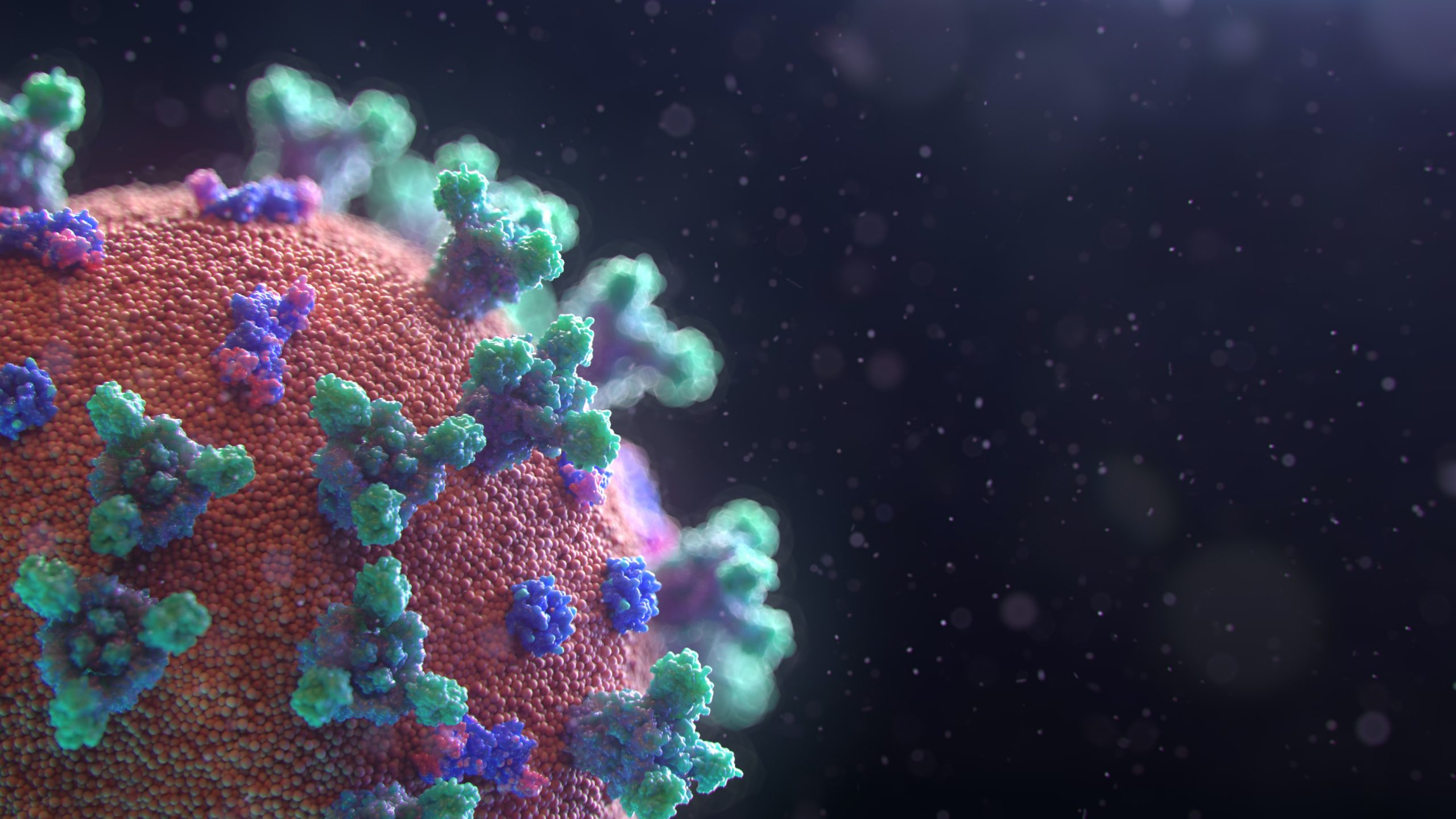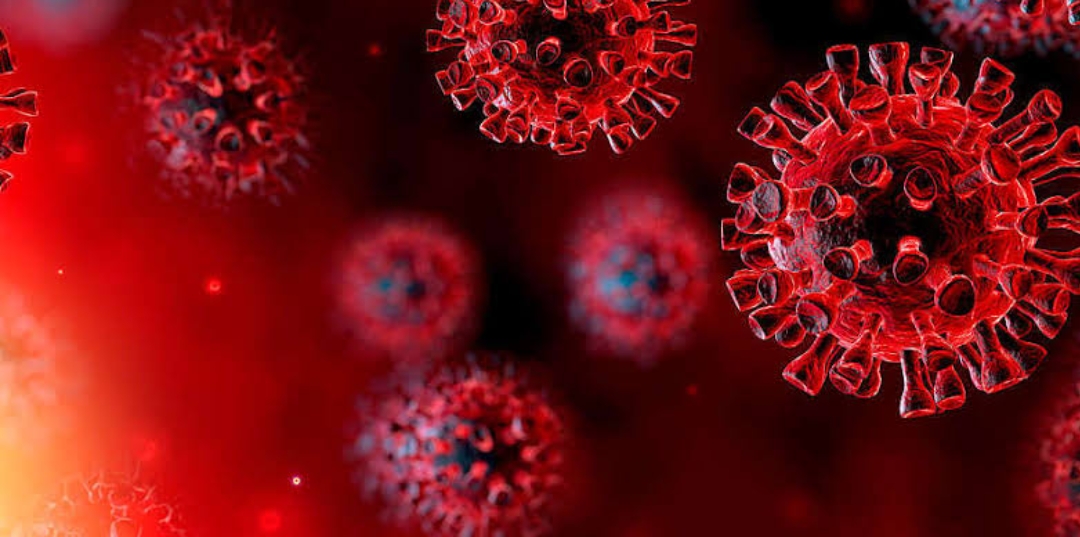
How dangerous is India’s double mutant COVID-19 variant?
India is facing a second backlash from COVID-19 due to its growing vaccine hesitancy, poor preventive measures in place, and the emergence of newer strains of the COVID-19 infection. If this wasn’t worrisome enough, the presence of the double mutant COVID-19 variant is adding to the worries of the government and the healthcare community.
An overview of the double mutant COVID-19 variant
The double mutant virus variety, which was first discovered at the end of March, is already in circulation. The new mutant, like other virus mutations, has variations in the virus’s genetic code that allow it to adhere to ACE2 entrance receptors more quickly. It’s even scarier because it has the markings of two virus mutations, making it a double mutant. B.1.617 is the scientific designation for the double mutant form with the E484Q and L452R mutations.
While the new variation is indigenous to India and rather frequent, positive cases of the new double mutant virus have been identified in at least five Indian states, including Maharashtra, Delhi, and Punjab, all of which have experienced large spikes in the previous month. It’s still unclear how many additional states have it in circulation. The variation has also spread overseas, with reports indicating that cases have been found in the United States, the United Kingdom, Singapore, and Australia.
Is it dangerous?
While both mutations, which have been identified throughout several forms, are known for their high infectivity and transmission rates, this is the first time they have merged, making it several times more infectious and lethal. To put it another way, the twofold mutation possesses two distinct coronavirus spike protein indicators. The spike protein aids the virus’s attachment to human cells and subsequent invasion of the organs. Variants of the strain now change the shape of the spike protein, making it more efficient in adhering to human host cells and replicating more quickly, resulting in a more dangerous infection episode.
The virus’s genetic coding functions similarly to an instruction manual. Virus mutations are common, although most of them are minor and have no effect on the virus’s capacity to spread or cause serious infection. However, certain changes, such as those found in the UK or South Africa variant lineages, can make the virus more virulent and, in some circumstances, deadly.
We now lack sufficient clinical evidence to determine how quickly or how many people have been infected by the double mutant virus. However, based on how quickly the second wave is spreading, specialists believe the double mutant version is to blame. According to specialists, a double mutant form is more contagious, spreading faster and causing serious diseases, as well as pushing healthcare systems to the brink of failure, as is currently the case.


















